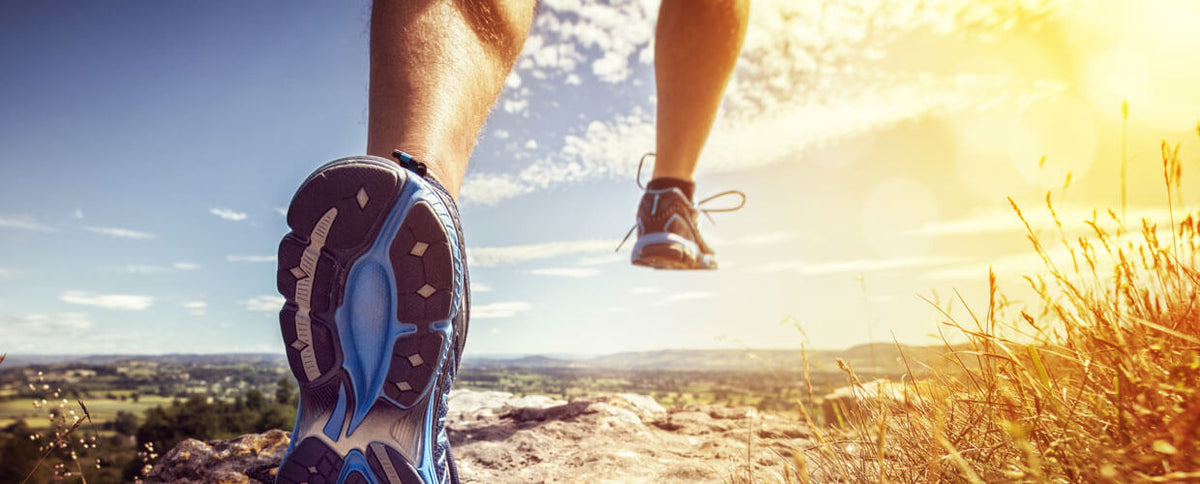What’s the Difference Between "Zero Drop" and Regular Sneakers?

The current trend in running and training sneakers: minimalist zero drop shoes. Thing is, there's no one-size-fits-all (or one-style-fits-all) solution when it comes to fitness footwear. Here, we break down the details on zero drop sneaks, what type of training they're best for, and how to know if they’re the right shoes for you.
What Are Zero Drop Shoes?
“'Zero drop' means that the heel and ball of your foot are on the same level,” says Chris Heuisler, Westin Hotels’ Global Run Concierge. “Prior to the zero-drop concept, almost all running shoes were designed so the heel of the foot was slightly more elevated than the ball of the foot.”
Though zero drop shoes are similar to the minimalist shoes so popular these days, not all minimalist (and even all 'barefoot' shoes) are actually zero drop. Often, even these super lightweight styles have some padding on the heel and ball area of the shoe and leave your heel slightly elevated.
Why Go Zero Drop?
The concept behind zero drop sneakers: They allow your foot to hit the ground in a completely level position, as it naturally would if you were walking or running barefoot.
Related: How To Increase Your Running Efficiency By 50 Percent
The benefit: “One could argue that because your foot strikes the way it was designed to, as opposed to the way a shoe forces it to, you could be less susceptible to injury,” says Heuisler.
To Drop, Or Not To Drop?
However, depending on your arches, your running gait may need the correction that traditional running shoes can provide. According to the American Council on Exercise (ACE), having flat arches, for example, may cause you to overpronate (meaning your foot rolls outward throughout your strike), which can cause knee pain. In this case, wearing running shoes with more stability features that zero drop shoes can help. Those with super high arches, though, may supinate (meaning your foot rolls inward throughout your strike) and experience leg pain if they don't wear a running shoe with a cushioned midsole to absorb shock.
So, in some cases, you may need some of the bells and whistles of traditional running sneakers until you’re able to strengthen the muscles needed to correct your foot strike.
For those without foot-strike issues (or injuries), though, shoes with minimal drop are the best option for solid, safe training, says the American College of Sports Medicine.
Mixing Up Your Sneaker Game
Ultimately, if you feel comfortable in both zero drop and regular sneakers, there's no reason you can't incorporate both into your fitness routine.
“For racing, I don’t like to wear zero drop shoes because I prefer a ‘race shoe’ that’s light or helps me stay on the ball of my feet,” says Heuisler. “I tend to use zero-drop shoes for longer, slower runs.”
As with all things running and training, your number-one priority is to figure out what works and feels best for you. If you don't wear zero drop shoes but want to try them, Heuisler recommends starting with wearing them for just one run or session per week, to avoid injury. As you feel comfortable, gradually increase how often you wear the zero drop shoes.



